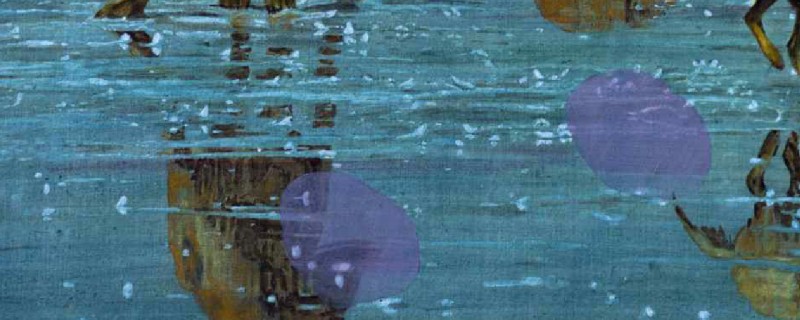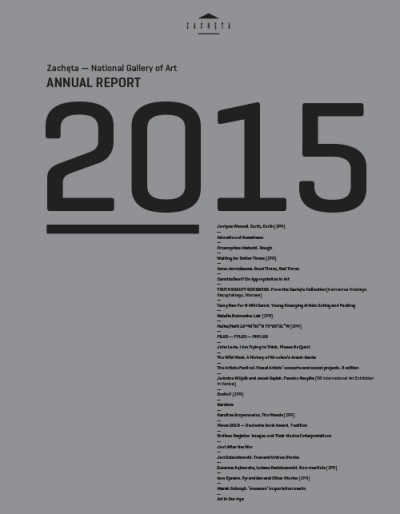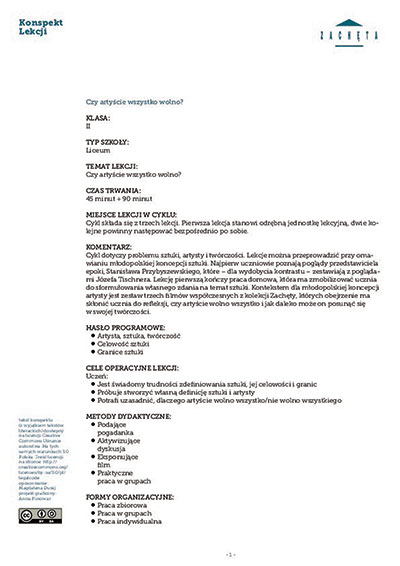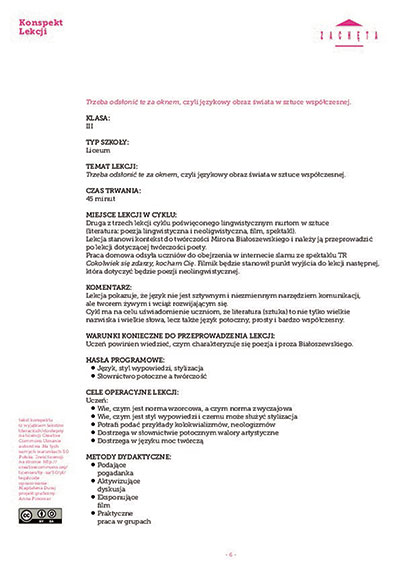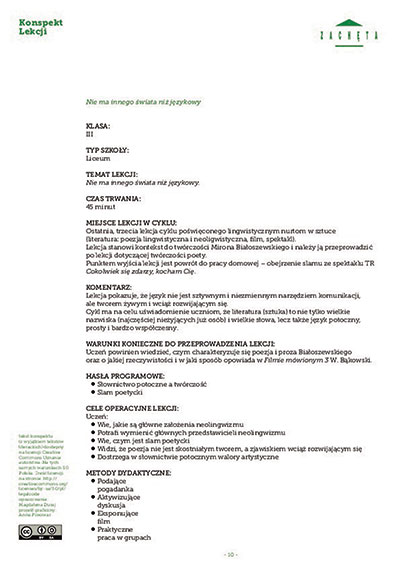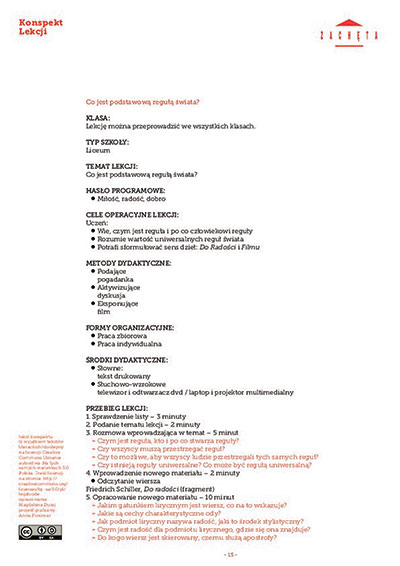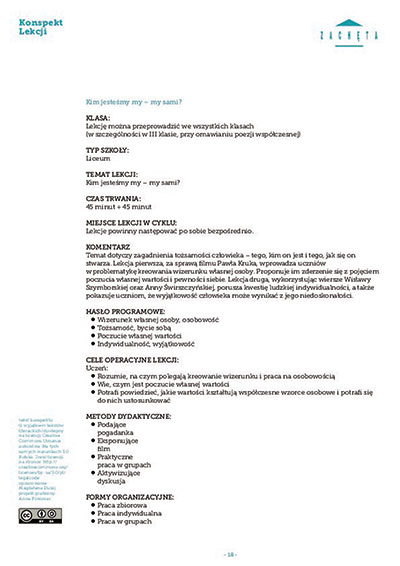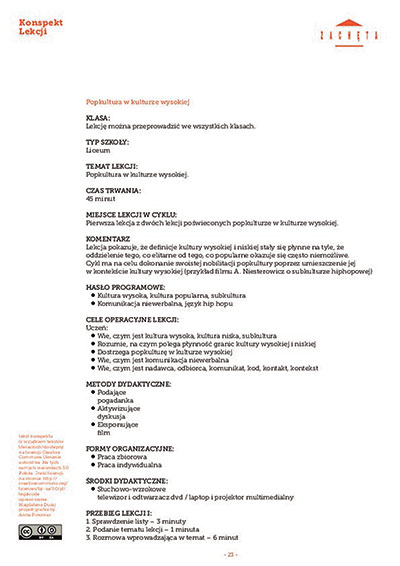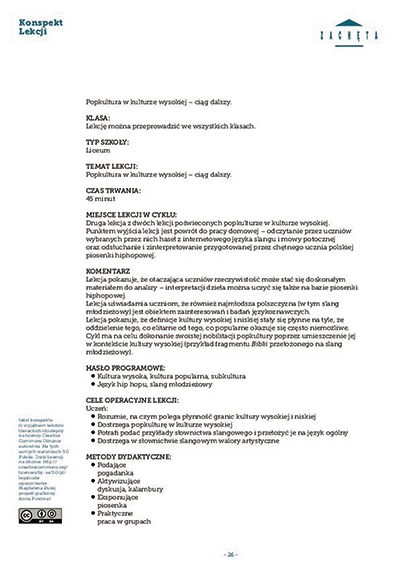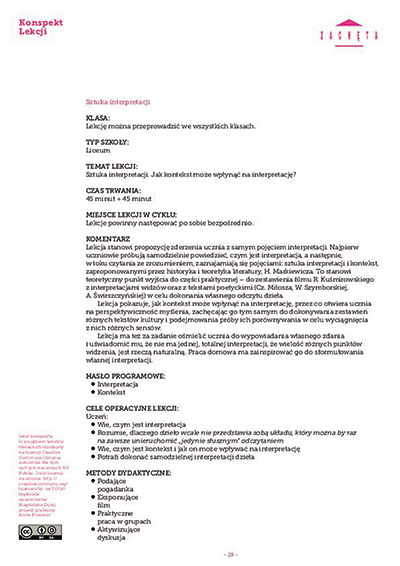Art, in creating its own reality over the past several decades, has seemed to seek a dialogue with its own boundaries.
This process continues in painting, which increasingly moves away from a production-based form. It has become almost the history of the sum of practices whose essence lies in activities that are not necessarily painting, in the strict sense.
The elimination from art—still called painting today—of means once regarded as its condition has shaped a new artistic sensitivity, creating a precedent of trust in human cognitive potential through unconventional ways of seeing the world. This is all the more valuable because it creates a new intellectual aesthetic and a new kind of perception.
Artistic activity based on negation, selection, elimination, disapproval of art, and renunciation of it constitutes a path of possibilities, as though filling areas previously seized by conventional traditions. For the artist, this created an enormous opportunity to penetrate the world with their own imagination and assert it on an equal footing with reality.
None of this would have been possible without breaking away from "produced" art. As Wiesław Borowski wrote in the Foksal Gallery program:
“The artwork produced in pursuit of function and its own justification has imperceptibly lost its artistic function and become truly unnecessary. Through its productivity and ubiquity, it has also lost its place and become absent. A need arose to unmask the illusory wealth and apparent abundance of art. Produced art, its works and concepts have become the subjects of thorough disapproval.”
Let us examine this on the literary ground. The record produced through poetic imagination constitutes an independent world. What is its place within the generally accepted publishing standard?
Words alone do not yet make poetry. They are merely its record, serving to trigger, through stimulating the recipient’s imagination, emotional content and particular feelings, as well as a unique reality. The transcription of a poem is the canvas for the recipient’s imagination. Poetry arises through objectification. The source of poetic emotion is the interplay between words. The poet finds no justification for their stance here. Participation occurs without their involvement. They have no influence on the functioning of their own poetry.
The functioning of poetry amid the flood of civilization’s products has become illusory.
On the market, poetry remains one of the less attractive items to buy and sell. Perhaps it is already better positioned outside the publishing market—safe from the machine of standardization. On the level of an artistic and publishing precedent, one might include the privately published editions of Andrzej Partum, and, among those that reached Poland from abroad, the publishing attempts of Herman de Vries. Yet, what is at stake here is a certain potential force inherent in poetry— the power to awaken experiences as astonishing as they are personal. To contain in words what escapes them.
The same form of transmission, in the shape of a typical process, positions the poetic record as something not evoking the emotion due to it. It is not only about publishing—it may also co‑participate in the layer of meaning and open certain possibilities. Of unprecedented significance here are the experiences of the Dadaists, who made us aware of the crisis of art in general. As a programmatically anti-intellectual movement, Dada granted art areas that had previously no expression in creative practice.
Dadaist poetry led to the extreme in “visual lyricism,” exemplified by Apollinaire, emerging from the sum of poetic and graphic impressions. Distinctively, the Dadaist simultaneist poem expressed events occurring at once, both semantically and graphically, and could be written by several poets. Poetic production acquired an intriguing context: posters as manifestos, drawn poems /Picabia, photomontages /Baargeld, poems simultaneous with orchestration of sound, phonetics, improvised poetic recitation, overlapping voices. Emotional experiences gained a new expression, and an autonomous set of sounds and letter combinations emerged. Here is an example of poet Kurt Schwitters’ work.
The Dada‑Futurist experiment left an important legacy for modern poetic and linguistic theories. Here is a juxtaposition of a Dadaist poem with a near-latest attempt in Polish structural poetry:
SUICIDE
Abcdef
gijkl
mnopq
rstuv
xyz
Louis Aragon
abcdef
ghijkl
łmnopq
rstuvw
xyz...:
,;-? !.
//””’
/język/
Stanisław Dróżdż
The similarity in form, under programmatically different intentions: Aragon’s poem appeared as a humorous paradox—“suicide and an orderly alphabet because nothing sensible can be said about the world.” Dróżdż clearly imposes interpretive associations suggested by the title: here is a set of basic signs enabling action within the language domain, where conditioned combinations of alphabetic and punctuation characters generate chains of meaning. Linguistic polysemy in poetry directly influenced the loss of its meaning, through approaching the maximum intersubjective sphere of meaning in poetic image. This progressive process, already recognizable among Formists and Futurists in Poland, represents a certain stage in the development of new poetry. Here's Stanisław Młodożeniec’s poem Moskwa:
tu — czy — te — ?
am — tam TAM —
U-M- —
am — tam TAM tam — TAM
U — TAM TU — M
zy — m tam-tam? tam-tam? czy — m tam?
AM-TU? TU-M?
i tam a i tum —
j-ja JÓJ tam a i tum —
u — a i tam i tum
UM
The author’s intention is to create certain frames for the play of imagination. Words like "here" and "there" can mean any content, because the word in the poetic image is polysemous. Młodożeniec’s poem is rightly termed a crisis of the word. Hence the break with typical printing—poems frequently supplemented by drawings, which, although they do not play a decisive role (as in Tytus Czyżewski’s poem "Mechaniczny ogród").
The interest in the plastic form of poetry gains new significance only through the treatment by Painter Władysław Strzemiński—interpretation of poetry through the selection of fonts in the volumes by J. Przyboś ("Spon...") and J. Brzękowski (“Zaciśnięte wokół ust”). A plastic work emerges by itself, even at the expense of textual legibility. These attempts relate to the intellectual layer of the poem but are not an assault—they remain in the realm of ornament as an irrational curiosity.
Quite differently unfolds the matter in the newest poetry, called concrete or structural. In Poland, the poetry of St. Dróżdż can be included here. He broke with poetic metaphor—replacing poetic experience with a certain graphic situation granting the recipient the possibility of unambiguous interpretation aligned with the poet's intentions.
He is the creator of concept‑shapes. He brought the word into a situation strictly determined by its recording. The entire surface on which it appears also plays a role—the depth of perspective. The text’s operation is a psychological reflection of the thinking process (forgetting). Aiming toward cognitive verifiability, the text reaches meaningful arrangements where the word is only an associative sign of individual content and can be understood only by analogy.
Concept-shapes are codifiers of reality, integrating science (mathematics and logic) and art (poetry, visual art). Their sources are strictly rational. The tension between graphic arrangements and meaning systems emerges organically. The triptych composed solely of punctuation marks—"Niepewność Wahanie Pewność"—functions as a plastic work.
This situation—observed in attempts by foreign poets’ works reaching Poland—brings poetry onto the path of a universal, international poetic language not requiring translation. Such originality of form and its obviousness position poetry in the state of an intellectual work with exceptional emotional effect.
Here begins the path of the crisis of being a poet—in a positive sense. The path leads to creating poetic situations not only within the framework of the poem. The lack of clarity in concepts of distinct art forms created a new situation, a new source of intellectual emotion. Thus emerged the situation of imagination in use.
An Area Shaped by Imagination
Description of the Situation: a white plane, composed of sheets of paper, serves as a foundation upon which a set of geometric forms spatially organizes the space with a defined plastic effect. The poetic situation is organized by a text that is open like an exhibition space. Perception requires intellectual participation and specific actions.
By participating in this Area Organized by the Situation of Imagination, we become (a quantum?) a relation between the intellectual record and its visual situation in the engagement with form.
Organizing imagination is an attempt to make the intellectual record present within it. It is related to the crisis (positive) of the definition "to be a poet." It is a way of overcoming the divide between intellectual record and the visible standard form of the book.
The materialization of poetry (the intellectual record) may become the reason for creating an area organized by human imagination, in a way that expands boundaries. It emerges—at the moment of realization.
Calling poetry a path that overcomes the publishing banal opens a source of new intellectual emotions associated with the extraordinariness of the area beyond the pages of a book.
Ewa PARTUM
How to Be a Poet?
In Poland, under the current artistic situation, the title of poet is assigned to someone whose artistic output consists of poetry volumes. So far, this possibility has been endlessly repeated by successive poetic generations. There is also the established way of transmitting poetry at author readings—an act even more conventionally bound than the most conventional poetry.
One must break away from the rigid and paralyzing issue of being a poet in the traditional sense. That must be the starting point.
Given the current state of affairs, even the publication issue is nearly an artistic precedent. There is room here for the situation of An Area Shaped by Imagination.
Recording on the Highway
A car—human civilization’s artifact and object of desire, an indicator of living standards, a utilitarian work of art—serves to traverse concrete distances. In movement, it leaves an independent trace: a tire imprint on the highway.
Here lies a possibility for intellectual record. By affixing the appropriate fonts onto the car’s wheels, one creates an extraordinary situation of a poetic word on the highway (upon passing over a paint-covered surface). The legibility of the text diminishes upon reflection— as speed increases, the record blurs.
Both of these situations— Area Organized by Imagination and Recording on the Highway—could be built on metaphorical poetry as well as the most challenging concrete record; and this issue points to the existence of the impossible: the existence of poetry beyond the word.
Ewa Frejdlich Partum, New Sources for Intellectual Affect, Master’s thesis under the supervision of Professor Mieczysław Porębski, Faculty of Painting, Academy of Fine Arts in Warsaw, 1970
courtesy of the artist
folders / Texts
